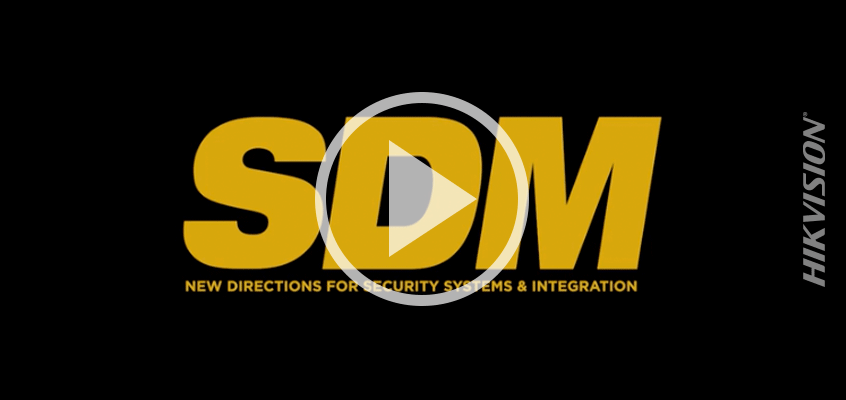Le directeur de la cybersécurité à Hikvision discute de sécurité et du moyen de défense le plus important pour les intégrateurs de sécurité dans la vidéo du magazine SDM

Regardez Chuck Davis, directeur de la cybersécurité à Hikvision, parler de cybersécurité et du moyen de défense le plus important pour les intégrateurs de sécurité dans une entrevue vidéo réalisée par le magazine SDM lors du salon ISC West. Dans leur publication « What was the Buzz at ISC West? SDM Editors Find Out », les éditeurs de SDM Laura Stepanek, Karyn Hodgson, et Courtney Wolfe demandent aux exposants d’ISC West de répondre à trois des questions les plus pressantes auxquelles l’industrie est confrontée aujourd’hui.
Dans la vidéo portant sur la cybersécurité, M. Davis répond à la question : « De quoi les intégrateurs de sécurité doivent-ils se préoccuper avec les systèmes de vidéosurveillance qu’ils vendent et installent? »
« La chose la plus importante que les intégrateurs de sécurité doivent considérer du point de vue de la sécurité de leur environnement est le réseau. Le réseau est le premier et plus important moyen de défense en matière de sécurité. Lorsque vous connectez un appareil à un réseau non fiable comme Internet, vous devez mettre en place des mesures de sécurité appropriées. La défense en profondeur est la clé. Mettez en place des coupe-feu, utilisez des RPV, sécurisez l’environnement au maximum afin de réduire les risques », conseille M. Davis dans la vidéo.
Dans la vidéo sur la cybersécurité, l’intervention de M. Davis commence à 2:47. Pour regarder la vidéo, consultez cette page sur le site Web de SDM.
M. Davis en dit plus sur ce sujet dans le billet de blogue Hikvision intitulé « Le directeur de la cybersécurité propose des conseils pour réduire les cyberattaques et les problèmes de sécurité au sein des réseaux, la sécurité des utilisateurs et l’administration système ». Il préconise la pratique de la « défense robuste », une approche pour gérer le risque en utilisant diverses stratégies défensives. Il se base sur l’idée que plusieurs couches de défense fourniront une protection supplémentaire contre une cyberattaque potentielle. Cela inclut la segmentation du réseau, qui consiste simplement à diviser un réseau en réseaux distincts, isolés et non connectés, de sorte qu’un réseau compromis n’affectera pas d’autres réseaux. Par exemple, les finances, les ressources humaines et la sécurité devraient chacun avoir des réseaux dédiés.
